China launched a remote-sensing satellite early on Wednesday morning for a host of civilian purposes, according to China Aerospace Science and Technology Corp, the nation's leading space contractor.
The State-owned conglomerate said in a news release that the Yaogan 33D was carried by a Long March 4C rocket that lifted off at 4:15 am at the Jiuquan Satellite Launch Center in the northwestern Gobi Desert and soon arrived in orbit.
Remote-sensing satellites refer to those tasked with observing, surveying and measuring objects on land or at sea as well as monitoring weather.
The Yaogan family is the largest fleet of remote-sensing spacecraft in China and their data has been widely used by governments, the public service sector and businesses.
Developed by the Shanghai Academy of Spaceflight Technology, the Yaogan 33D is tasked with obtaining data for scientific research, land and marine resources mapping, agricultural yield estimation and disaster prevention and mitigation, the company said.
The Long March 4C, also a product of the Shanghai academy, has a liftoff weight of 250 metric tons, and is mainly used to send satellites to sun-synchronous orbit. It is capable of transporting satellites with a combined weight of 3 tons to a typical sun-synchronous orbit 700 kilometers above the earth.
The mission was China's 45th rocket launch this year and the 489th flight of the Long March rocket family, the nation's main launch vehicle fleet.










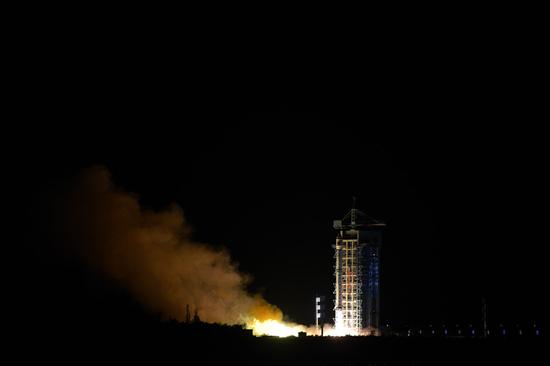










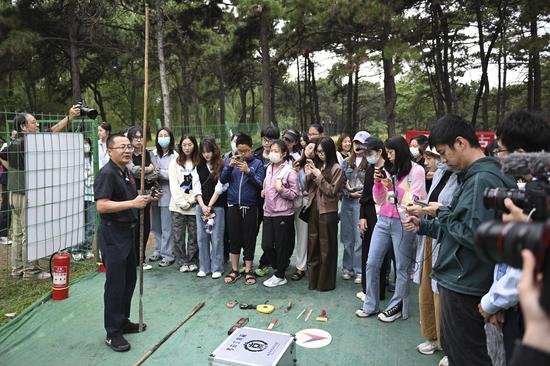




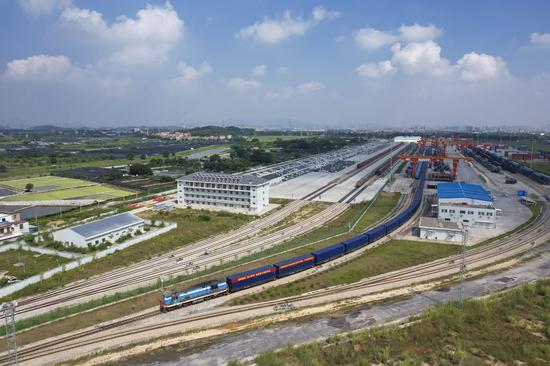




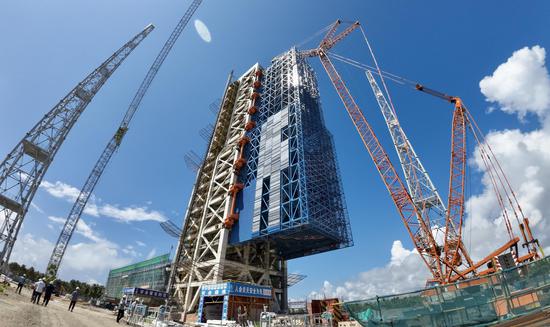
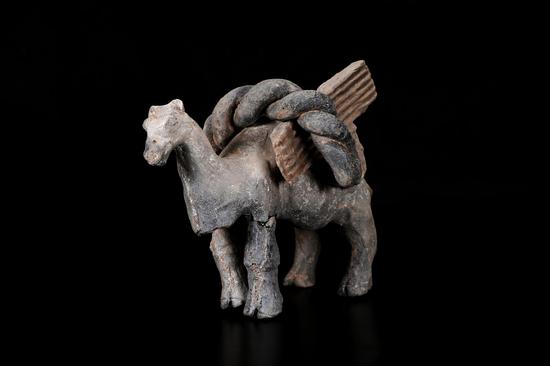




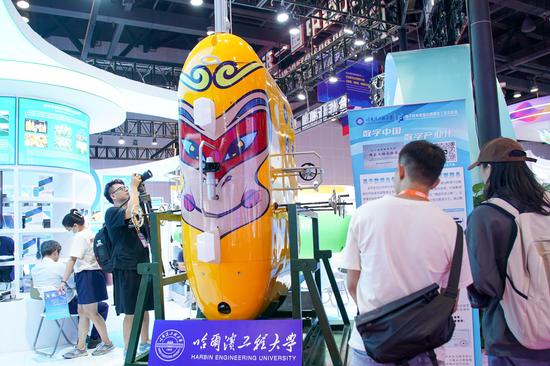

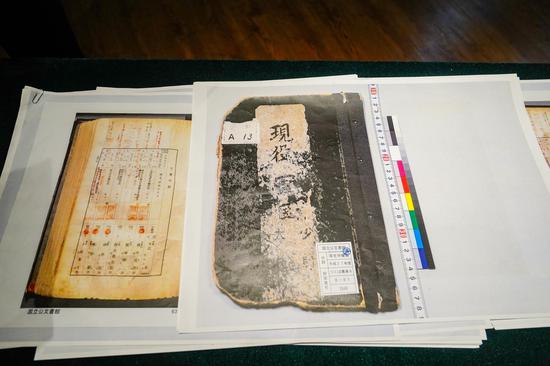



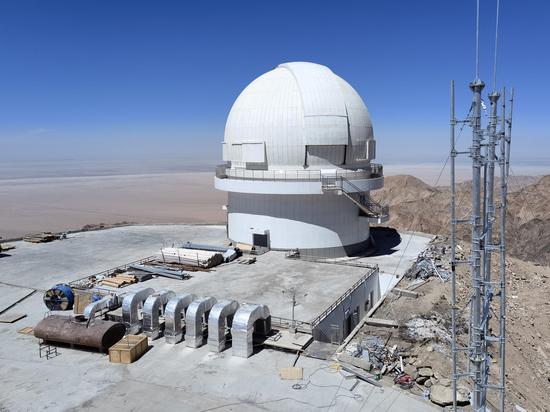


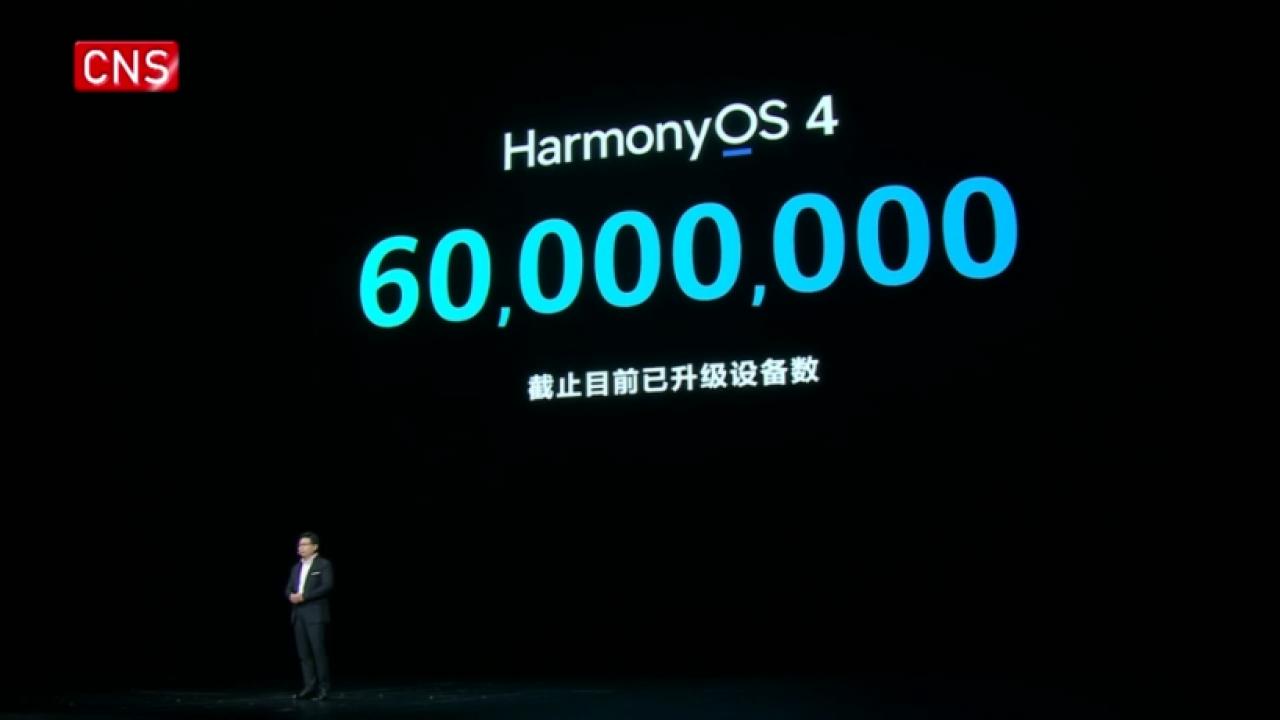



 京公网安备 11010202009201号
京公网安备 11010202009201号